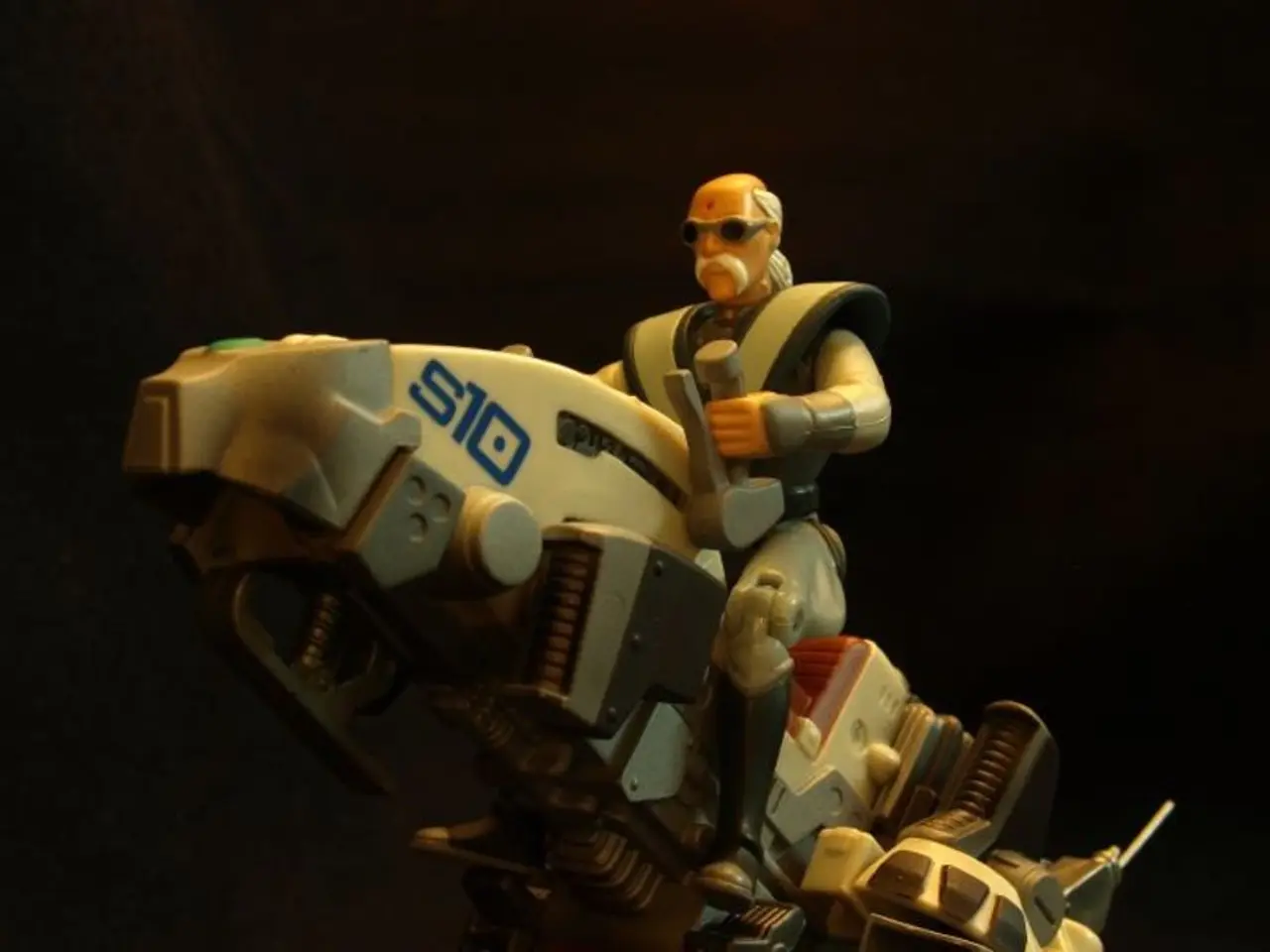Hachioji's Future in Focus: Developing Charming Robots and Novel Inventions Mimicking Living Organisms' Actions
Toyota's Hachioji Design Base: A Pioneering Hub for Mobility Innovations
Toyota's Hachioji design base, nestled in Tokyo's Hachioji district, is playing a key role in the company's transition to a mobility company. This lesser-known facility is a hotbed of creative and technological exploration, developing next-generation products that push the boundaries of traditional automotive design [1][2].
At the heart of the Hachioji design base is the Advanced Design Development Department, led by Assistant Manager Takashi Nishimura. Nishimura emphasizes the importance of fostering trust between people and technology, a sentiment reflected in the base's innovative projects [1].
One such project is the Micro Palette, a small delivery robot inspired by the behavior of the spotted garden eel. The Micro Palette mimics the eel's unique response to touch, remaining still when gently interacted with but quickly retreating when approached suddenly [1]. This design choice is part of Toyota's effort to understand how to best design for human emotions and sensibilities [1].
The Micro Palette is not just a delivery device; it offers a personal and empathetic logistics experience. Its movements give the impression of intentions, and it communicates and engages with the person it encounters, subtly incorporating movements to create this effect [1].
The Micro Palette made its debut at the 2019 Tokyo Motor Show, where it garnered attention for its innovative design and unique functionality [1]. It is now a permanent fixture at the entrance of the Hachioji design base, standing alongside other unfamiliar mobility devices such as the nap seat TOTONE and the electric wheelchair JUU, capable of climbing stairs [1].
The Hachioji design base has evolved from its original role as the Tokyo Design Research Lab., responsible for developing concept cars for motor shows, to a facility dedicated to emerging areas beyond cars [1]. The base now houses a variety of next-generation products for future mobility solutions, reflecting Toyota's vision of mobility that goes beyond traditional automotive design [1].
In line with this vision, the product development philosophy at the Hachioji design base has shifted from a focus on people and cars to encompassing people and all aspects of life [1]. This strategic shift reflects Toyota's ambition to transition from being purely an automaker to a mobility solutions provider [1].
[1] Source: Toyota's official website and press releases. [2] Additional information: Personal visit to the Hachioji design base.
Read also:
- Quantum Computing Market in the Automotive Sector Forecast to Expand to $6,462.13 Million by 2034
- Condolences offered by Cuba for earthquake tragedy in Turkey
- Enhancing the Structural Integrity
- Apple faces possible legal action from Elon Musk due to the alleged manipulation of his AI app's ranking within the App Store.




